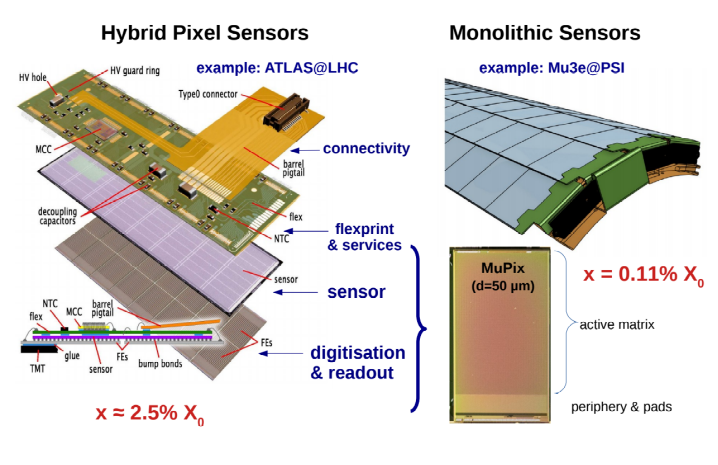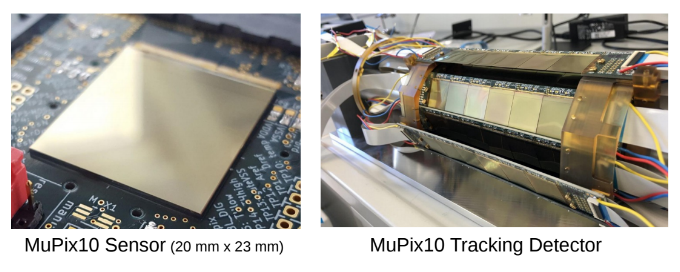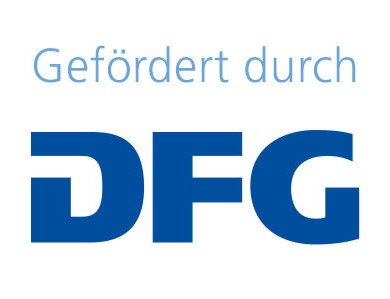High Voltage – Monolithic Active Pixel Sensors (HV-MAPS)
The High Energy of the Physics Institute is developing High Voltage –
Monolithic Active Pixel Sensors (HV-MAPS) for future particle physics
experiments. Pixel sensors provide spatial information at micrometer
precision for particles in the momentum range from a few MeV to hundreds
of GeV/c. HV-MAPS allow for particle tracking at highest rates and
are easy to produce compared to standard hybrid pixel
detectors. Monolithic sensors have the additional advantage that very
thin tracking modules can be built, with a radiation length of only
0.11% in case of the Mu3e experiment.

HV-MAPS Concept
HV-MAPS have been invented by Prof. I.Peric in 2007 and will be used by the coming
Mu3e experiment (MuPix) and is baseline for the upgrade of the LHCb outer
tracker upgrade project (MightyPix). The main feature is the implementation of
the sensor, amplifier, comparator and readout in the same die. Hits can be
measured with a spatial resolutions of O(10) micrometer and a time resolutions
of better than 5ns.

HV-MAPS have been produced in a commercial 180nm HV-CMOS process by Austria
Micro Systems and TSI Semiconductor. Recently a new R&D project was launched
based on the 130nm SiGe BICMOS process from IHP Frankfurt/Oder.
Pixel Tracking Detectors
The largest sensor produced so far is MuPix10 which will be used by the Mu3e
experiment for constructing a large pixel tracking detector with an
instrumented area of more than 1 square meter.

Test Beam Campaigns
The Heidelberg group is performing characterisation studies in the lab and
test beam campaigns at various centers (CERN, DESY, MAMI, Paul Scherrer
Institut) to evaluate the performance of the developed sensors.

Acknowledgements
The R&D activities in Heidelberg are funded by the Deutsche
Foschungsgesellschaft (DFG) in context of the Mu3e experiment and by
the Bundesministerium für Bildung und Forschung (BMBF).








